Rubbish is piling up at a Fife landfill site as it waits to be processed.
And some employees at the Lower Melville Wood site near Ladybank have expressed concern about the growing mound of waste.
Pictures passed to The Courier show what is believed to be around 1,000 tonnes of household and commercial rubbish sitting on a slab at the site.
Piles of old furniture sit alongside dozens of black binbags and flocks of gulls are seen pecking at the debris.
One worker said: “It’s been building up for months and there’s now about 1,000 tonnes of rubbish.
“There’s food and everything. If the people of Fife found out, they would be shocked.”
However, Robin Baird, the man in charge of the region’s waste management, insists Fife is held up as an example to other local authorities across Scotland and there is nothing to worry about.
So why is rubbish piled up at Lower Melville Wood?
Preparing for a landfill ban
Mr Baird is the chief executive of Cireco, originally set up as an arm’s-length organisation to deal with Fife Council waste and recycling.
It now has customers across Scotland, including NHS Fife and St Andrews University.
He says the way the country deals with waste is changing.
And while the pile at Lower Melville Wood may look huge, it only represents two day’s worth of rubbish.
Fife, like other local authorities, is preparing for a landfill ban that comes into force in December 2025.
It means items coming into the site are stored then transported in bulk to be incinerated.
Where does the rubbish go – and what about sofas?
Mr Baird says: “All material there used to go to landfill.
“But we’re now having to get ready for the ban.
“A small amount is still being landfilled as we have obligations to restore the site. Once it reaches a certain height, we’ll cap it and that will be that.
“However, most of what comes in is now transported to what we call energy from waste plants for burning.
“Once the Westfield plant, near Ballingry, is ready it will go there but for the moment we’re sending it to Grangemouth, Dundee and Dunbar.
“In addition to that, additional legislation means sofas can no longer be landfilled.
“We have to keep it separate and shred it, as per guidance, to ensure pollutants aren’t released into the environment.”
Handling 25,000 tonnes of waste a month at Lower Melville Wood landfill site
Mr Baird acknowledges the pile of rubbish pictured on the site does look concerning.
However, he adds: “To put it into context, we handle 25,000 tonnes of waste a month there.
“And we deliver 3,000 tonnes a week.
“Sepa (the Scottish Environmental Protection Agency) visits regularly and has zero concerns.
“In fact, we’re now writing best practice guidance with Sepa’s support.
“It’s a well-managed facility and they know the volumes of waste and how we handle it.”
But isn’t a large pile of waste a fire hazard?
‘There is no increase in the risk of fire’
Natural bacteria in a green waste pile can generate heat as it decomposes.
And employees have also expressed concern about items such as batteries and vapes exploding.
But according to Robin Baird, it’s under control at Lower Melville Wood landfill site.
“We have a system that scans the waste and tells us how long it’s sitting,” he says.
“We’re always rotating the waste and the oldest waste goes first.
“There have been a few landfill fires in the UK recently, and the fact we haven’t had one tells us we’re managing it as well as we can.
“That doesn’t mean we’ll never have a rogue lithium battery but there is no increase in the risk of fire.”
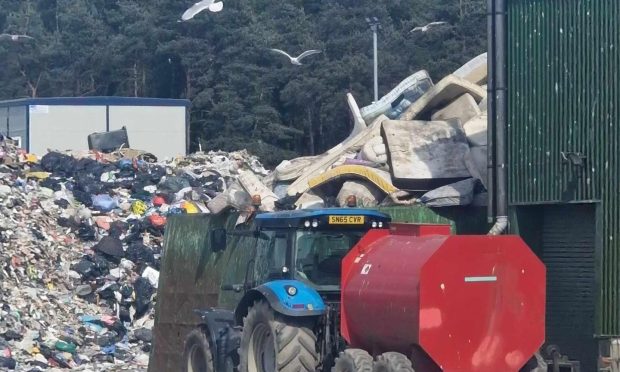
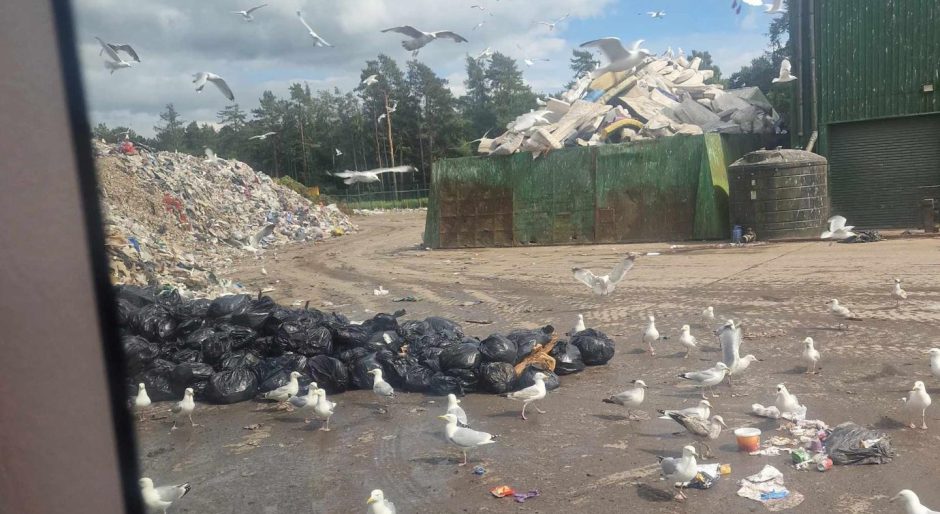
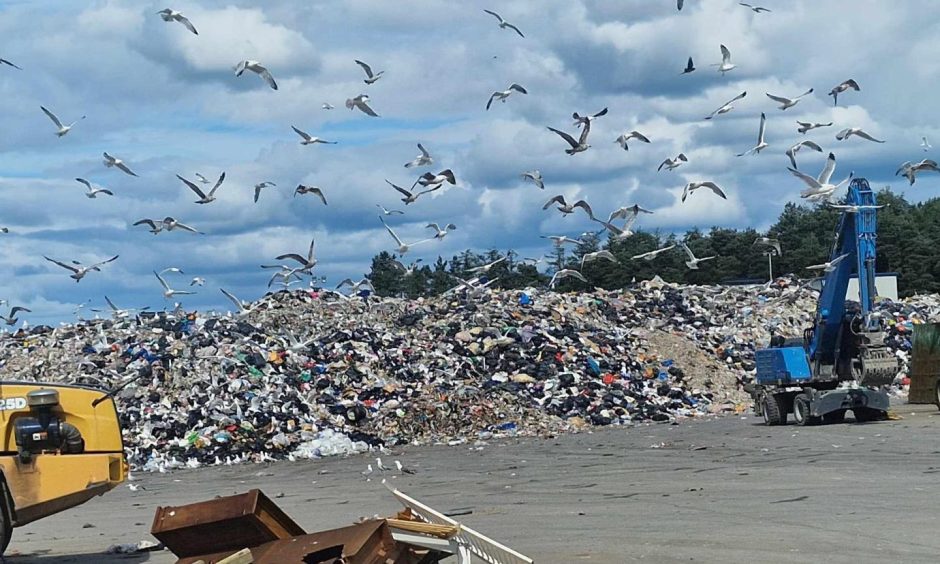
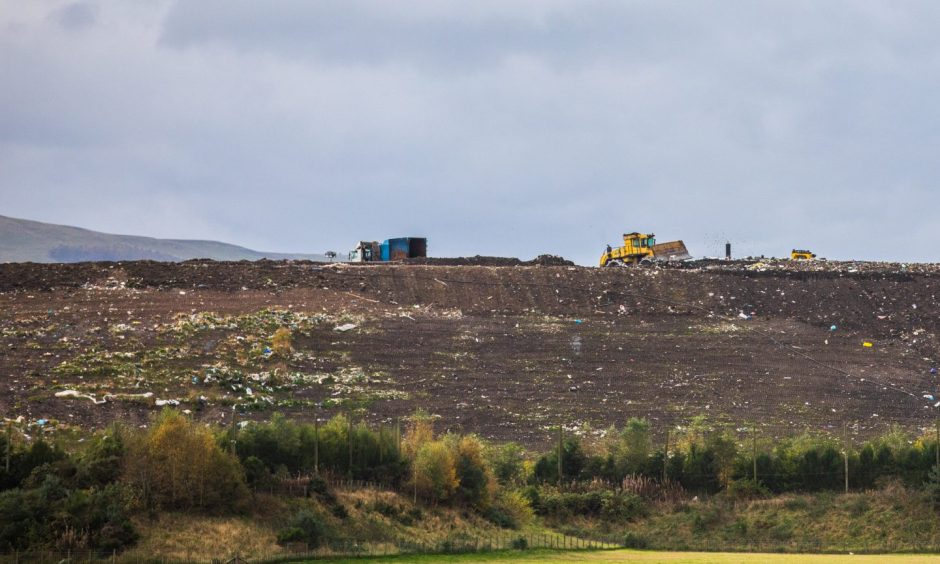
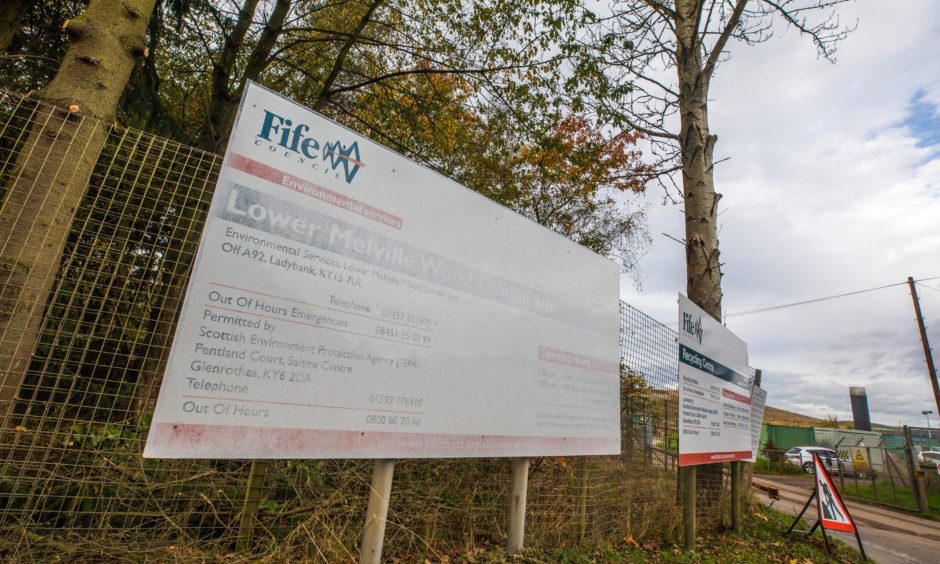
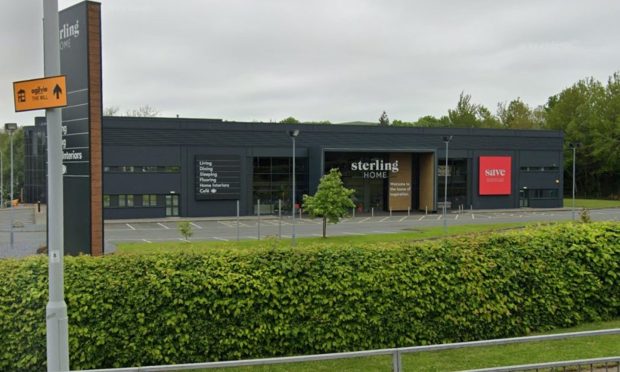

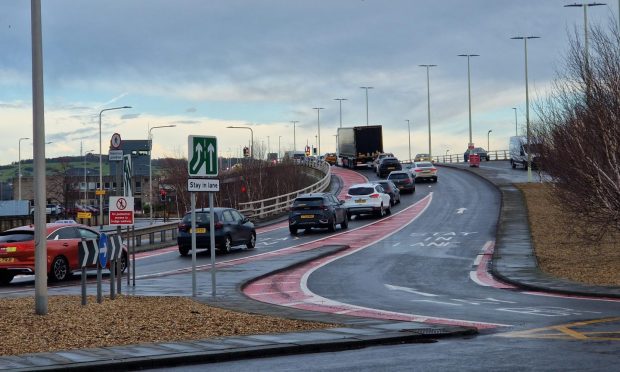


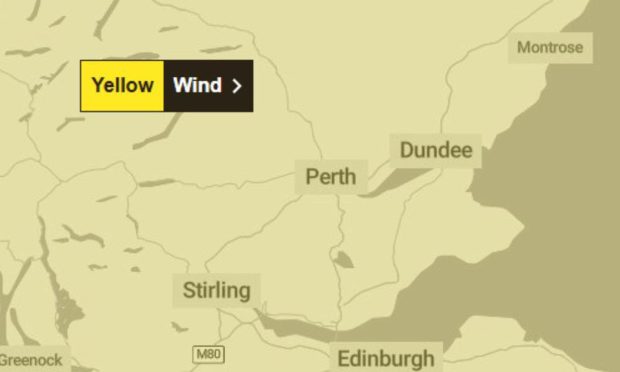
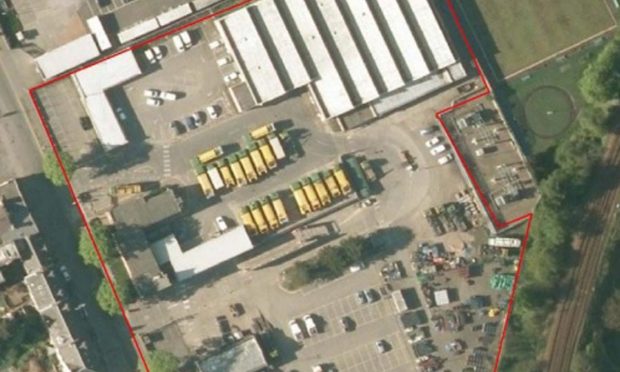

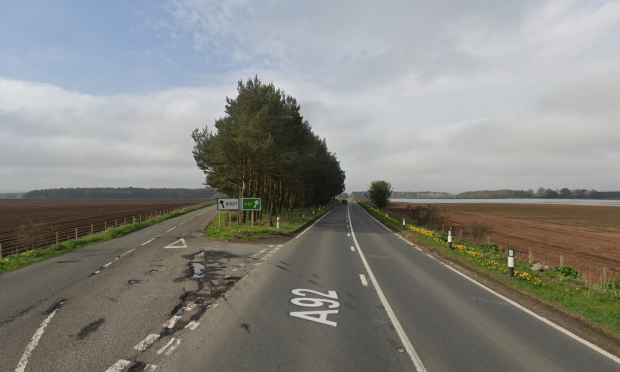
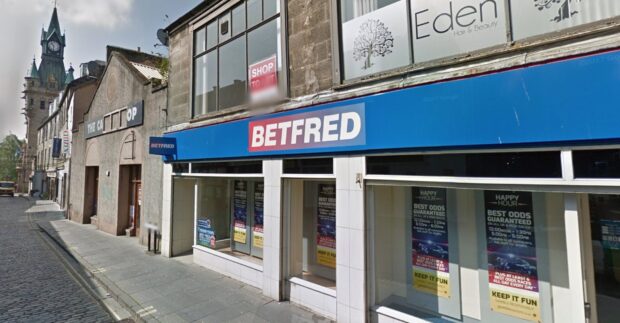
Conversation